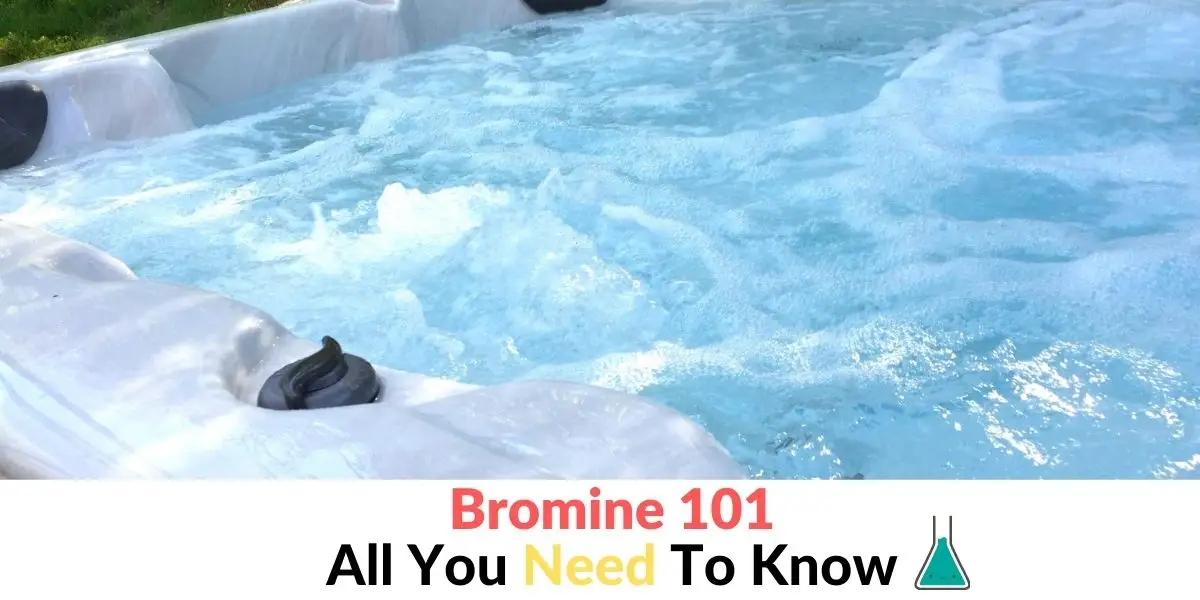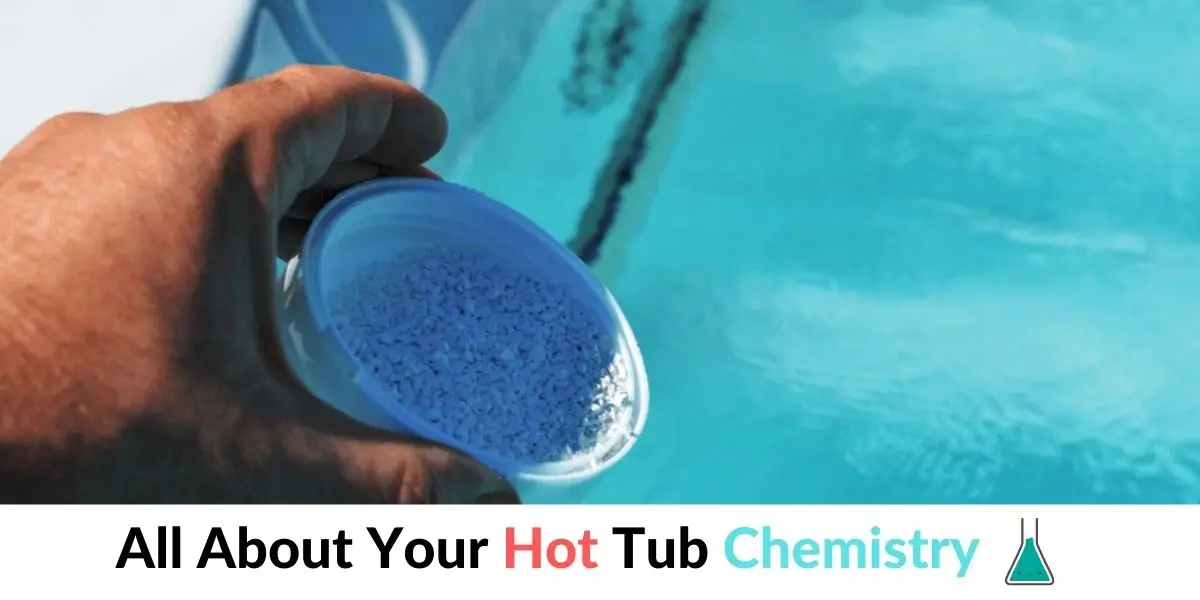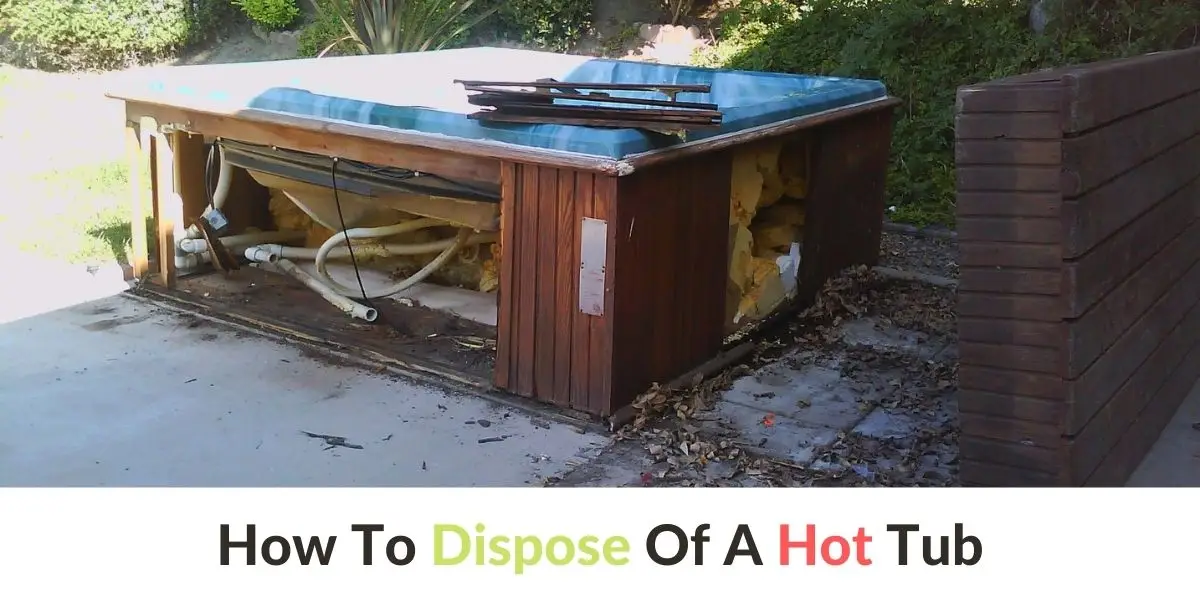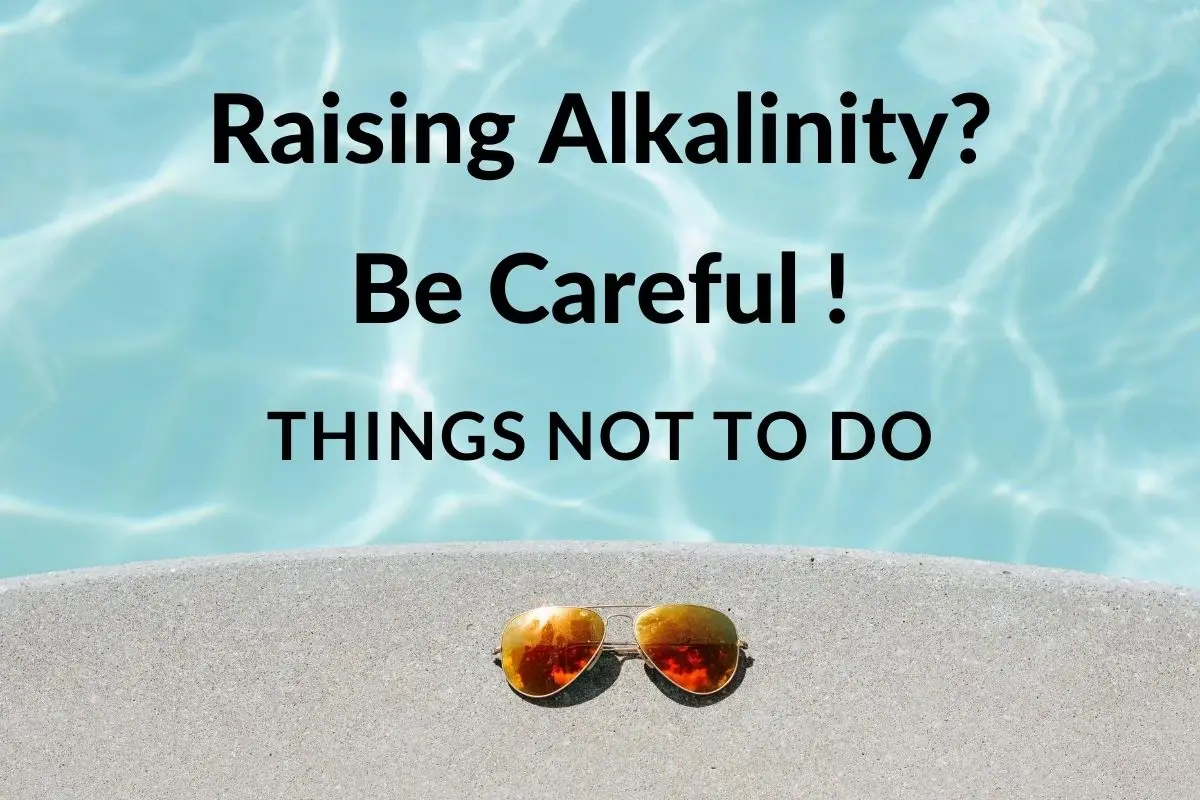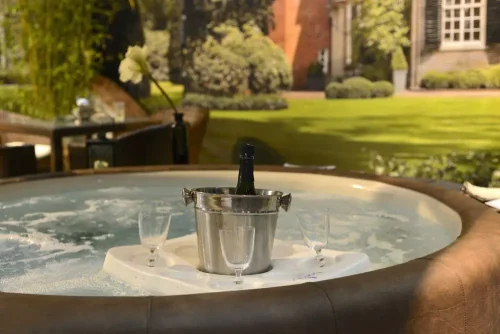Is Sodium Bromide the same as Bromine?
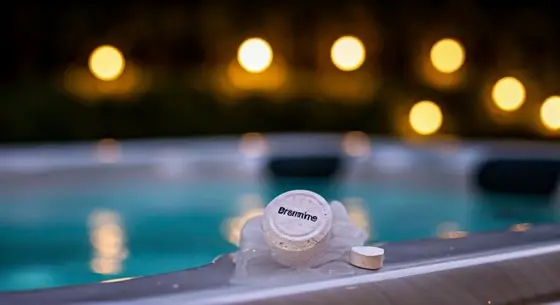
Key Highlights
- Find out why bromine is a good sanitizer for your hot tub.
- Learn how to pick between bromine tablets and granules for your spa water.
- Know why keeping the right bromine levels is key for clean and safe water.
- Follow simple steps to use bromine in your hot tub care routine.
- See how to change bromine levels based on how much you use your hot tub for safety.
- Get tips on regular testing and adjusting bromine levels for good hot tub care.
Introduction
Explore hot tubs with bromine, which is one of the important hot tub chemicals for them. If you want a new hot tub, bromine is a great hot tub sanitiser among the hot tub chemicals. It keeps hot tub water clean and safe. This smart chemical helps to make your spa water fresh. This way, you can relax when you jump into fresh water.
Learn how to use bromine in your hot tub. Get ready for a stress-free soak without worries about contaminants or sanitation issues. Let’s make your hot tub experience as good as it can be!
Understanding Bromine as a Sanitizer
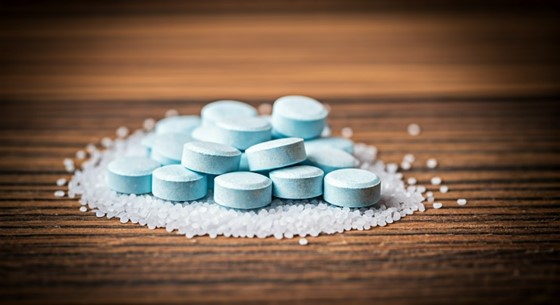
Bromine is a smart choice for keeping hot tub water clean. It works well to kill bacteria and algae. Bromine makes hypobromous acid, which is a strong cleaner. Unlike chlorine, bromine stays active even when the water is hot and under UV rays. This is what makes bromine great for hot tubs that get a lot of direct sunlight. By keeping a bromide bank in the water, brine, and ozone can sanitize effectively. This helps hot tub owners take good care of their water.
The Basics of Bromine
Bromine is a common sanitizer for hot tubs. It helps keep hot tub water clean by releasing hypobromous acid. This acid kills bacteria and other harmful things in the water. You can find bromine in several forms, like bromine tablets and granules, giving you choices for caring for your tub.
Bromine is different from chlorine. It stays stable at higher temperatures and works well across a wider pH range. It acts as an oxidizer and creates bromamines through its chemical process. Additionally, bromine is gentler on sensitive skin and has fewer odor issues than chlorine.
Understanding these basics about bromine can help hot tub owners find the best way to take care of their water.
Bromine vs. Chlorine: A Comparative Analysis
Bromine and chlorine are common choices for cleaning hot tubs. Chlorine is effective at killing algae, fungi, and harmful microorganisms. However, it can also cause skin irritation and dryness. On the other hand, bromine works well at higher temperatures and is good at dealing with UV light. It is easier on the skin and eyes, which makes it a better option for people with sensitivities. While both substances kill algae and fungi, chlorine can still lead to irritation. To choose between them, think about your personal preference and the specific water conditions in your tub. Consider pH levels, water balance, and how often you use the hot tub to find the better choice of sanitizer.
Preparing Your Hot Tub for Bromine
Checking the chemistry of your hot tub water is very important before you add bromine. You can choose bromine tablets or granules. It’s essential to keep the pH neutral and the water balance right.
Bromine tablets release bromine steadily. Granules are better if you need bromine fast. It’s also smart to maintain a bromide bank. This helps keep the bromine levels steady.
When you choose the right option for your hot tub, like using a bromine floater, you can enjoy a nice soak without worrying about contaminants. Get ready to have a great time with bromine in your tub!
Checking Water Chemistry Before Adding Bromine
Before adding sodium bromide or bromine to your hot tub, check the water chemistry, including the level of bromine and total alkalinity. Use test strips to find the pH and bromine level. Ensure the water balance is right so the sanitizer can work well in a bromine system, avoiding the potential drawbacks. Keep track of total bromine and bromide ions to keep your spa clean. Understanding the chemical makeup of your hot tub water, including its alkalinity, helps the bromine sanitizer work effectively. This way, you will have a safe and enjoyable soaking experience.
Choosing Between Bromine Tablets and Granules
When picking between bromine tablets and granules, consider what is easier for you. Bromine tablets are the best choice for regular care. They slowly release bromine and keep your hot tub water clean. On the other hand, granules help when you need a quick dose of bromine or want to shock the tub water. Tablets are simple to use and are great for a hands-off approach. You can also use both tablets and granules together in conjunction for the best results. Granules offer fast help when your hot tub needs it. In the end, it’s up to you how you maintain your hot tub and how simple you want it to be.
Step-by-Step Guide to Using Bromine in a Hot Tub
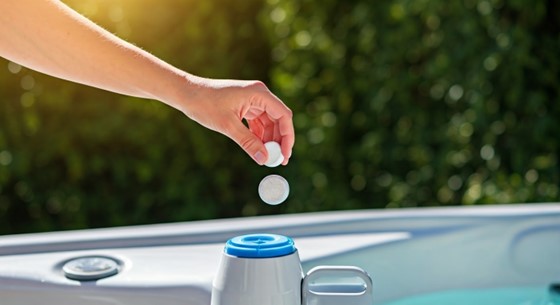
Before adding bromine to your hot tub, follow these easy steps: First, place bromine tablets in the dispenser. This helps keep the hot tub water clean all the time. Next, add bromine granules directly to the water. This helps with any immediate cleaning needs. Using both ways together keeps the bromine level in your hot tub steady. This will help you enjoy a safe and fun soak. Remember to check the water balance regularly. This helps keep the bromine sanitizer at the right level in your spa. Enjoy your clean and bacteria-free hot tub!
Step 1: Adding Bromine Tablets to the Dispenser
Drop the bromine tablets into the dispenser to start sanitizing your hot tub. You can also use bleach if you like that better. Make sure your dispenser is clean and works properly. For a standard-sized hot tub, one tablet is good for about 100 gallons of water. You will notice the tablet dissolving slowly. It releases bromine into the hot tub water. This helps keep the sanitizer level steady. Remember to refill the dispenser when needed. This keeps your hot tub water fresh and clean.
Step 2: Applying Bromine Granules for Immediate Needs
- First, check that the hot tub water is moving.
- Next, wear gloves to protect your skin when you handle bromine granules.
- Evenly spread the granules on top of the hot tub water.
- Wait until the granules completely dissolve.
- Avoid touching the granules to prevent skin irritation.
- Remember, bromine works better when it dissolves slowly.
- Keep the hot tub cover off for about 15 minutes after adding the granules to allow good air flow.
- Enjoy a safe and clean hot tub experience using bromine for sanitization!
Maintaining Optimal Bromine Levels for Safe Water
- Regularly check the bromine level in your hot tub with test strips.
- This practice helps to keep your hot tub safe.
- Change the bromine level based on how often you use it and how many people are in the tub.
- This helps to keep things balanced for good sanitization.
- Keep in mind that higher temperatures and direct sunlight can affect how well bromine works.
- So, check the levels more often when it’s sunny or hot.
- By taking care of the water and testing it regularly, you can enjoy a clean and safe hot tub experience.
Regular Testing for Bromine Concentration
To keep your hot tub water clean and safe, test the bromine levels regularly. You can use test strips to see how much bromine is in your hot tub. It is important to check the water often. This is especially true when you use the hot tub frequently or when the weather is warm. Keeping the bromine levels balanced will help keep your spa water clear of contaminants. Make testing a regular part of your water care routine to ensure your hot tub stays in great shape.
Adjusting Bromine Levels Based on Spa Usage
To keep your hot tub water clean and safe, you should adjust the bromine levels. This depends on how often you use it. Also, it is important to maintain the right chlorine levels. If you use your tub a lot, or if the water is hotter and more people are using it, you may need to raise the bromine levels. If you use the hot tub less often, lowering the bromine can help keep the right sanitization. By checking and changing your bromine levels based on your hot tub activity, you can keep your spa water clean and inviting.
Conclusion
To sum up, keeping the right bromine level in your hot tub is important for safe and enjoyable soaking. When you understand the basics of bromine and why it is better than chlorine, you can make smarter choices for your hot tub care. Remember to check the bromine level often. Change it if it is low, and pay attention to the water balance too. With proper care and checks, your hot tub can stay clean and relaxing for you and your guests. Enjoy your soaking!
Frequently Asked Questions
How does weather affect bromine levels in a hot tub?
Changes in the weather can impact bromine levels in a hot tub. When the weather is hot, bromine tends to disappear quickly. This means you need to test and adjust the bromine more often. In colder weather, bromine works slower, which can lead to higher levels building up. It is important to check the bromine levels regularly to keep them balanced.
What are the signs of insufficient bromine in the hot tub?
Cloudy water, a strong chemical smell, skin irritation, and algae growth all show that there is not enough bromine in the hot tub. You need to check the bromine levels regularly. This will help keep the tub safe and fun for everyone.





